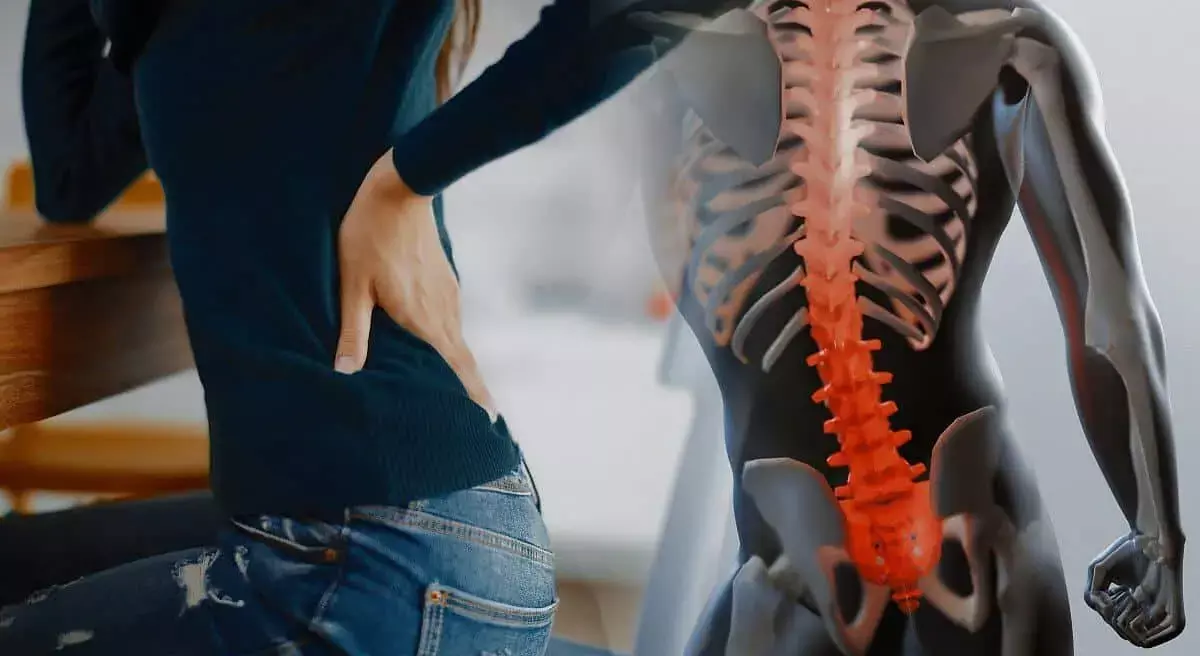- Home
- Medical news & Guidelines
- Anesthesiology
- Cardiology and CTVS
- Critical Care
- Dentistry
- Dermatology
- Diabetes and Endocrinology
- ENT
- Gastroenterology
- Medicine
- Nephrology
- Neurology
- Obstretics-Gynaecology
- Oncology
- Ophthalmology
- Orthopaedics
- Pediatrics-Neonatology
- Psychiatry
- Pulmonology
- Radiology
- Surgery
- Urology
- Laboratory Medicine
- Diet
- Nursing
- Paramedical
- Physiotherapy
- Health news
- Fact Check
- Bone Health Fact Check
- Brain Health Fact Check
- Cancer Related Fact Check
- Child Care Fact Check
- Dental and oral health fact check
- Diabetes and metabolic health fact check
- Diet and Nutrition Fact Check
- Eye and ENT Care Fact Check
- Fitness fact check
- Gut health fact check
- Heart health fact check
- Kidney health fact check
- Medical education fact check
- Men's health fact check
- Respiratory fact check
- Skin and hair care fact check
- Vaccine and Immunization fact check
- Women's health fact check
- AYUSH
- State News
- Andaman and Nicobar Islands
- Andhra Pradesh
- Arunachal Pradesh
- Assam
- Bihar
- Chandigarh
- Chattisgarh
- Dadra and Nagar Haveli
- Daman and Diu
- Delhi
- Goa
- Gujarat
- Haryana
- Himachal Pradesh
- Jammu & Kashmir
- Jharkhand
- Karnataka
- Kerala
- Ladakh
- Lakshadweep
- Madhya Pradesh
- Maharashtra
- Manipur
- Meghalaya
- Mizoram
- Nagaland
- Odisha
- Puducherry
- Punjab
- Rajasthan
- Sikkim
- Tamil Nadu
- Telangana
- Tripura
- Uttar Pradesh
- Uttrakhand
- West Bengal
- Medical Education
- Industry
Earlier or heavier spinal loading tied to recurrent lumbar disc herniation after PELD

Fei Wang et al found in a study that-an older age, the male sex, a higher BMI, heavy work, grade II facet joint degeneration, and early ambulation are independent significant risk factors for recurrent lumbar disc herniation (rLDH) after percutaneous endoscopic lumbar discectomy (PELD).The study has been published in Journal of Orthopaedic Surgery and Research.
Percutaneous endoscopic lumbar discectomy (PELD), as a minimally invasive technique, has been widely used in the treatment of LDH. PELD yields clinical outcomes similar to those of microdiscectomy/ open discectomy. Meanwhile, PELD has the potential advantages of less blood loss, faster recovery of physical function, a shorter hospital stay, quicker pain relief and fewer complications. With the popularity of the PELD procedure, an increasing number of surgical complications have been reported, such as postoperative dysesthesia, nerve root injury, dural tears and recurrence
Recurrent lumbar disc herniation (rLDH) after PELD is one of the most concerning complications for spine surgeons and is the most important factor affecting the surgical outcome.
A total of 942 consecutive patients who underwent single-level PELD were included in the study. Patients were divided into the recurrence group and the nonrecurrence group. Patient characteristics, radiographic parameters and surgical variables were compared between the two groups. Univariate analysis and multiple logistic regression analysis were adopted to determine the risk factors for recurrence after PELD.
The results of the study were:
• The prevalence of rLDH was 6.05%.
• Age, sex, tobacco use, duration of low back pain, body mass index (BMI), occupational lifting, herniated disc type, facet joint degeneration, operation time and time to ambulation were significantly different between the two groups.
• Univariate analysis showed that age (P<0.001), sex (P=0.019), BMI (P=0.001), current smoking (P<0.001), sex (P=0.019), BMI (P=0.001), current smoking (P<0.001), occupational lifting (P<0.001), facet joint degeneration (P=0.001), operation time (P=0.002), and time to ambulation (P<0.001) could be significantly associated with the incidence of rLDH after PELD.
• Multivariate analysis suggested that an older age (P<0.001), the male sex (P=0.017), a high BMI (P<0.001), heavy work (P=0.003), grade II facet joint degeneration (P<0.001) and early ambulation (P< 0.001) were significantly related to rLDH after PELD.
The authors believe that external factors or incorrect postoperative rehabilitation exercise may play a key role in postoperative recurrence. The authors suggest that patients control their weight, avoid heavy work, ambulate at an appropriate time, and perform strengthening rehabilitation exercises to reduce the incidence of rLDH.
Further reading:
Earlier or heavier spinal loading is more likely to lead to recurrent lumbar disc herniation after percutaneous endoscopic lumbar discectomy.
Fei Wang, Kai Chen et al
Journal of Orthopaedic Surgery and Research (2022) 17:356
https://doi.org/10.1186/s13018-022-03242-x
MBBS, Dip. Ortho, DNB ortho, MNAMS
Dr Supreeth D R (MBBS, Dip. Ortho, DNB ortho, MNAMS) is a practicing orthopedician with interest in medical research and publishing articles. He completed MBBS from mysore medical college, dip ortho from Trivandrum medical college and sec. DNB from Manipal Hospital, Bengaluru. He has expirence of 7years in the field of orthopedics. He has presented scientific papers & posters in various state, national and international conferences. His interest in writing articles lead the way to join medical dialogues. He can be contacted at editorial@medicaldialogues.in.
Dr Kamal Kant Kohli-MBBS, DTCD- a chest specialist with more than 30 years of practice and a flair for writing clinical articles, Dr Kamal Kant Kohli joined Medical Dialogues as a Chief Editor of Medical News. Besides writing articles, as an editor, he proofreads and verifies all the medical content published on Medical Dialogues including those coming from journals, studies,medical conferences,guidelines etc. Email: drkohli@medicaldialogues.in. Contact no. 011-43720751


